Jon C. Calhoun
Understanding The Effectiveness of Lossy Compression in Machine Learning Training Sets
Mar 23, 2024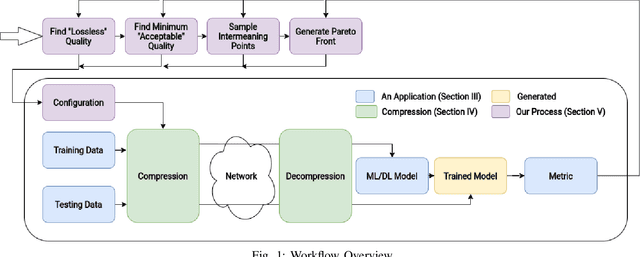
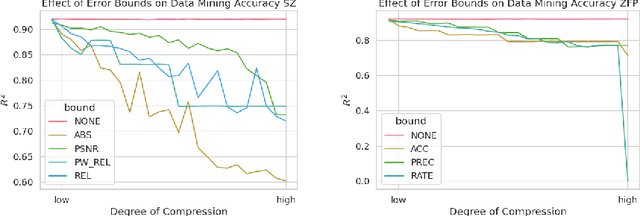

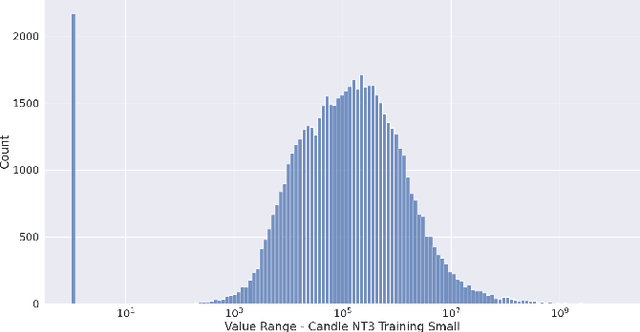
Abstract:Learning and Artificial Intelligence (ML/AI) techniques have become increasingly prevalent in high performance computing (HPC). However, these methods depend on vast volumes of floating point data for training and validation which need methods to share the data on a wide area network (WAN) or to transfer it from edge devices to data centers. Data compression can be a solution to these problems, but an in-depth understanding of how lossy compression affects model quality is needed. Prior work largely considers a single application or compression method. We designed a systematic methodology for evaluating data reduction techniques for ML/AI, and we use it to perform a very comprehensive evaluation with 17 data reduction methods on 7 ML/AI applications to show modern lossy compression methods can achieve a 50-100x compression ratio improvement for a 1% or less loss in quality. We identify critical insights that guide the future use and design of lossy compressors for ML/AI.
Dynamic Error-bounded Lossy Compression (EBLC) to Reduce the Bandwidth Requirement for Real-time Vision-based Pedestrian Safety Applications
Jan 29, 2020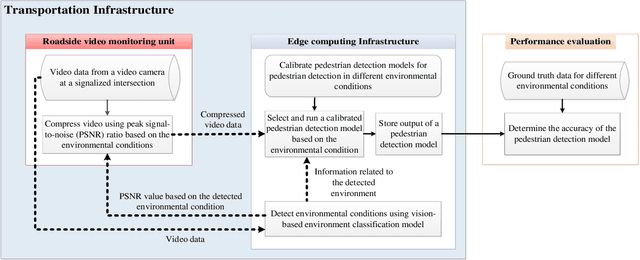
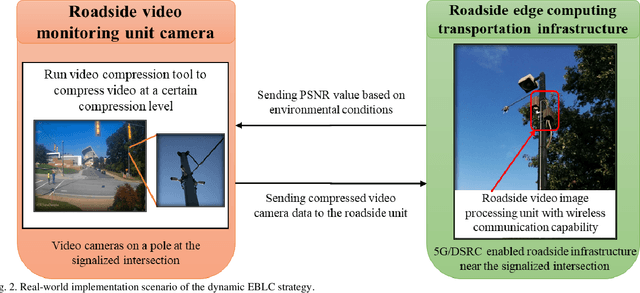
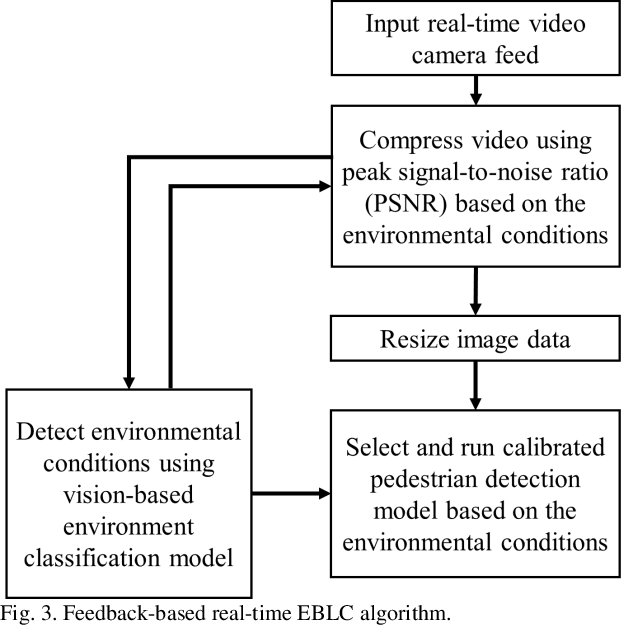
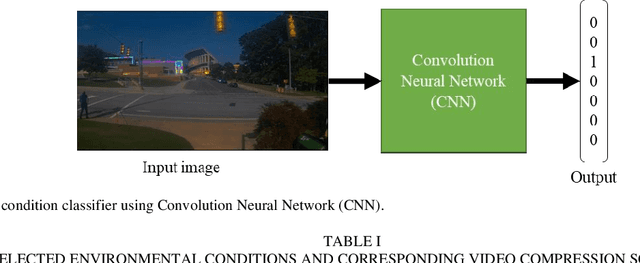
Abstract:As camera quality improves and their deployment moves to areas with limited bandwidth, communication bottlenecks can impair real-time constraints of an ITS application, such as video-based real-time pedestrian detection. Video compression reduces the bandwidth requirement to transmit the video but degrades the video quality. As the quality level of the video decreases, it results in the corresponding decreases in the accuracy of the vision-based pedestrian detection model. Furthermore, environmental conditions (e.g., rain and darkness) alter the compression ratio and can make maintaining a high pedestrian detection accuracy more difficult. The objective of this study is to develop a real-time error-bounded lossy compression (EBLC) strategy to dynamically change the video compression level depending on different environmental conditions in order to maintain a high pedestrian detection accuracy. We conduct a case study to show the efficacy of our dynamic EBLC strategy for real-time vision-based pedestrian detection under adverse environmental conditions. Our strategy selects the error tolerances dynamically for lossy compression that can maintain a high detection accuracy across a representative set of environmental conditions. Analyses reveal that our strategy increases pedestrian detection accuracy up to 14% and reduces the communication bandwidth up to 14x for adverse environmental conditions compared to the same conditions but without our dynamic EBLC strategy. Our dynamic EBLC strategy is independent of detection models and environmental conditions allowing other detection models and environmental conditions to be easily incorporated in our strategy.
 Add to Chrome
Add to Chrome Add to Firefox
Add to Firefox Add to Edge
Add to Edge